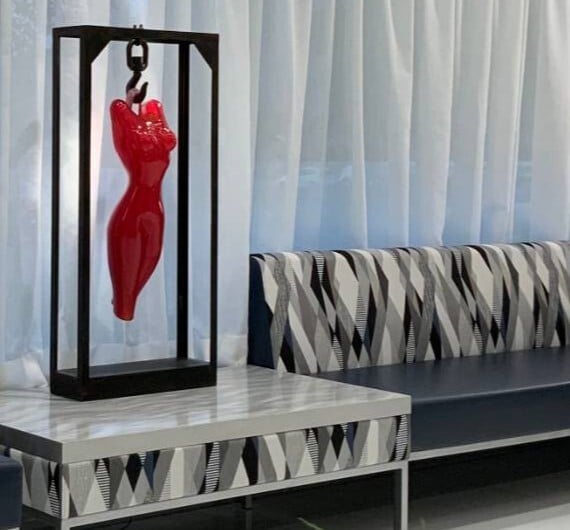Brief History of Breast Implants
In the first half of the twentieth century, prior to the development of breast implants, many materials were injected into a woman’s breasts including paraffin, glass balls, ivory, wool, ox cartilage and other substances. Later on, during WWII, Japanese women were having silicone directly injected into a woman’s breasts on the assumption that american servicemen were more attracted to women with larger breasts. This led to disastrous results.
In 1961, Thomas Cronin and Frank Gerow, both plastic surgeons, in conjunction with the Dow Corning Corporation, developed the first silicone breast implant. This consisted of a silicone bag called a “shell” which was then filled with silicone gel. The first augmentation mammoplasty was performed in 1962 using the Cronin–Gerow Implant, prosthesis model 1963. Later, saline was also used as a filler material.
Over the past several decades, the design and manufacturing processes used in creating breast implants have improved immensely. Implants are now stronger, softer, hold their shape better and give more natural results then previous versions.
In 1991, there was concern that silicone gel implants were responsible for some systemic diseases. The FDA imposed a moratorium on these devices, pending further research. The only implants available during this time were saline implants (the "shell", or bag, that contains the saline is still made of sillicone). Enough data proving the safety of silicone gel was collected and analyzed and in 2006 the FDA re-approved silicone gel filled implants.
Between 2006 and 2024, there were some minor improvements and new options available in silicone gel implants, but nothing really earth-shattering. Silicone gels were produced that were a little firmer but held their shape better, and other gels that were softer but did not hold their shape well. These are the fifth generation of silicone gel implants. Macro-textured implants were released in 2013 but recalled in 2019 due to some health concerns attributed to the macro-textured surface.
On September 26, 2024, the FDA approved Motiva breast implants after six years of a ten year clinical trial of which I was one of only twenty two clinical investigators. This has afforded me extensive experience with Motiva implants. The safety data was overwhelming and this has opened up a new generation of options for women, not only in the type of implant that is now available to them, but also in the options for placement that were either not as good a choice, or not even possible for other brands of breast implants. A new dawn has risen with the availability of these newer sixth generation implants.
More information is available as you navigate through this website.
Next Topic: What is the difference between saline and silicone gel implants? »
Topics - What Implant Type Do I Need
Sections – Five Key Decisions You Need To Make
Chapters – Breast Augmentation Guide
- Intro to Breast Augmentation
- Preservation Breast Augmentation – A New Era!
- Motiva Implants – What You Need to Know
- Five key decisions you need to make
- One-Day Recovery Breast Augmentation
- Anesthesia – General, Sedation or Local?
- Breast Lift (Mastopexy) with/without Implants or Fat
- What else should I know about breast augmentation?
- Important Things to Consider When You Decide to Move Forward With Breast Augmentation
- Revision of breast augmentation
- ALCL and Breast Implant Illness


